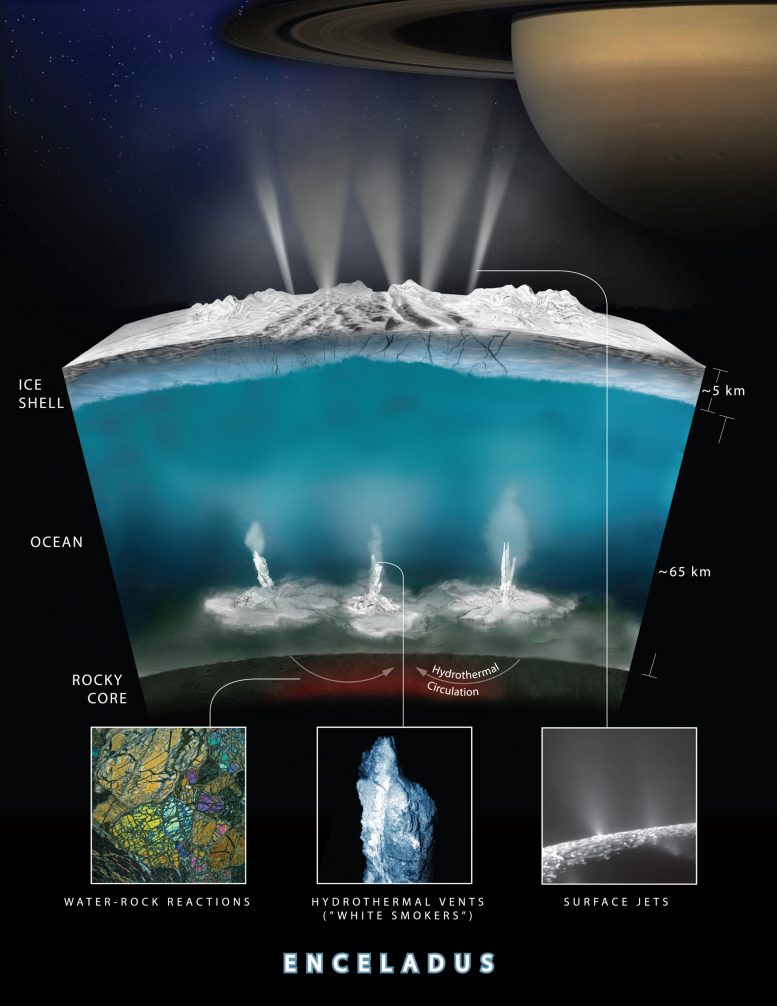Ultima Thule
Category : Astrochemistry General News Planetary science
The end of 2018 and new year was full of space research news. In a very short time the Japanese Hayabusa2 touched an asteroid, the New Horizons spacecraft reached the Kuiper belt object Ultima Thule, and the Chinese probe Chang’e landed the Jade Rabbit 2 rover in the far side of the moon. The flyby of Ultima Thule is particularly interesting considering the distance of 6500 millions of km (equivalent to a radio attenuation of 303 dB at 7 GHz) and the fact that it was reached with about 35% of the remaining hydrazine fuel. New Horizons is expected to head towards another Kuiper object in the next years.





Recent Comments